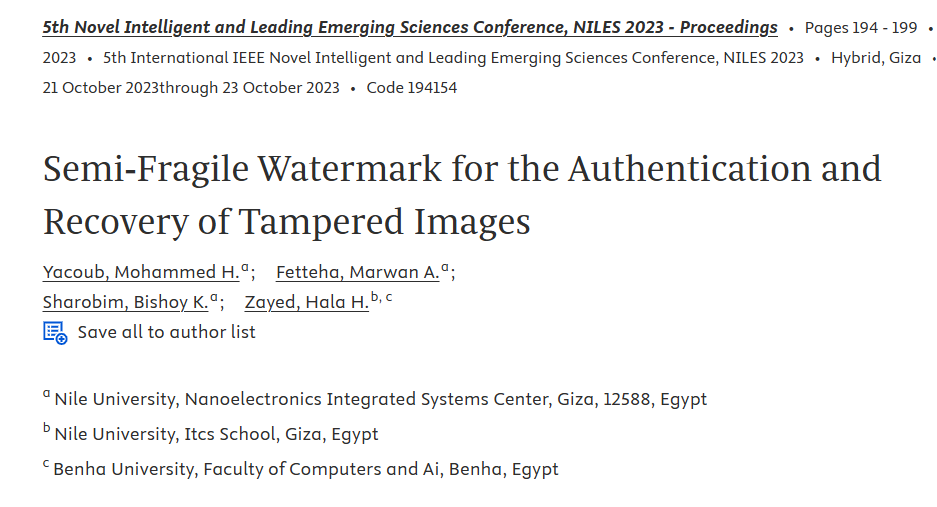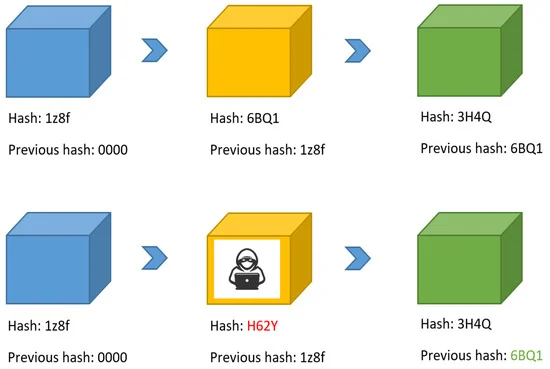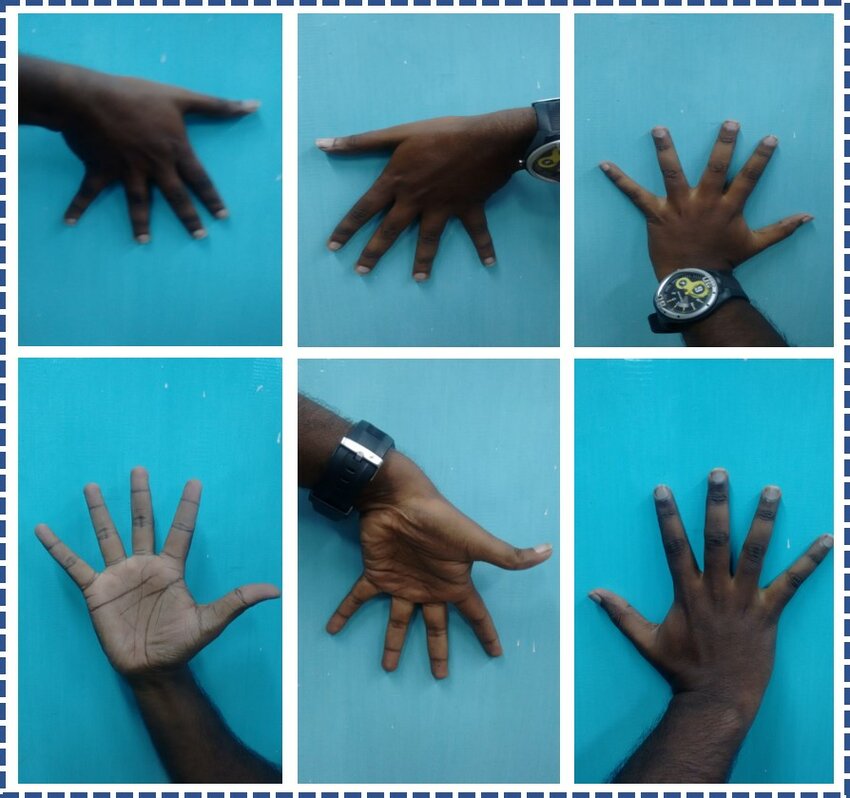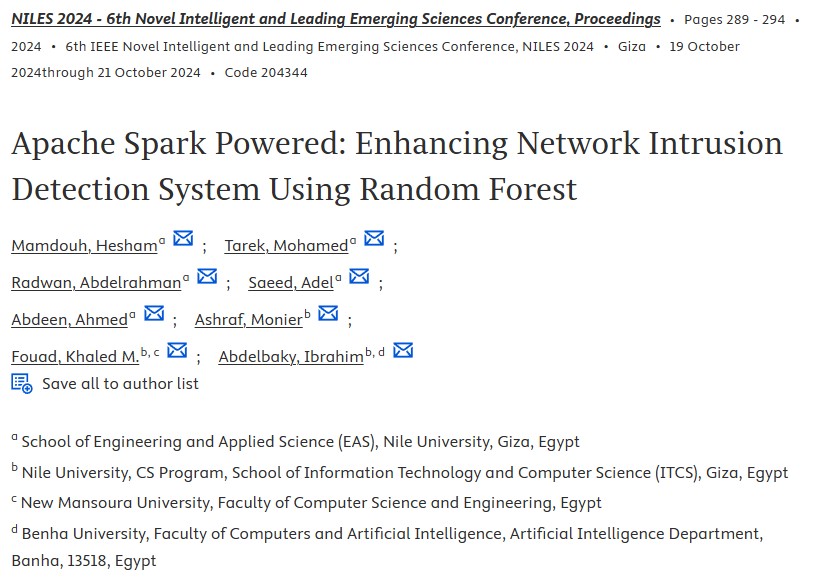
Energy and Water

An Optimized Non-Invasive Blood Glucose and Temperature Body Measurement System
Diabetes is a disease in which the body does not adequately process food for energy production. Most of the food we consume is converted into glucose, or sugar, which our bodies use for energy. Moreover, the pancreas, which is an organ located near the stomach, produces insulin, a hormone that aids in the transport of glucose into our bodies' cells. Diabetes occurs when your body either does not produce enough insulin or does not use its own insulin the way it is supposed to. Sugars accumulate in your blood as a result of this. This is why diabetes is often referred to as "sugar". People with
Cooperative MEC With Non-Uniform User Density: Resource Planning and State Control Optimization
Mobile edge computing (MEC) allows mobile devices to offload computationally intensive tasks to nearby base stations equipped with computational resources. MEC also provides a solution for supporting low latency responses. However, MEC increases the system power consumption by adding extra computational units. It is important to carefully plan computational resources to achieve a balance between quality of service (QoS) and power consumption. Moreover, the MEC system control should shut down unused resources when traffic rates fall to further decrease the power consumption. In this letter, we
SSHC with One Capacitor for Piezoelectric Energy Harvesting
Piezoelectric vibration energy harvesters have attracted a lot of attention as a way to power self-sustaining electronic systems. Furthermore, as part of the growing Internet of Things (loT) paradigm, the ongoing push for downsizing and higher degrees of integration continues to constitute major drivers for autonomous sensor systems. Two of the most effective interface circuits for piezoelectric energy harvesters are synchronised switch harvesting (SSH) on inductor and synchronous electrical charge extraction; nevertheless, inductors are essential components in both interfaces. This study

Investigative Review of Design Techniques of Parabolic Trough Solar Collectors
Parabolic trough solar collectors (PTCs) are among the most cost-efficient solar thermal technologies. They have several applications, such as feed heaters, boilers, steam generators, and electricity generators. A PTC is a concentrated solar power system that uses parabolic ref lectors to focus sunlight onto a tube filled with heat-transfer f luid. PTCs performance can be investigated using optical and thermal mathematical models. These models calculate the amount of energy entering the receiver, the amount of usable collected energy, and the amount of heat loss due to convection and radiation

Semi-Fragile Watermark for the Authentication and Recovery of Tampered Images
In order to strengthen the safety of corporate multimedia assets, a semi-fragile watermarking method is developed, which makes use of the integer wavelet transform (IWT) and the discrete cosine transform (DCT) for tamper detection and recovery. In this paper, we produce two distinct kinds of watermarks: an authentication watermark and a recovery watermark. A tamper detection methodology is utilized at the receiving end to check the watermarked image for validity and detect any assaults. If the changes are determined to be malicious, the suggested tamper recovery method is used to restore the

Smart Automotive Diagnostic and Performance Analysis Using Blockchain Technology
The automotive industry currently is seeking to increase remote connectivity to a vehicle, which creates a high demand to implement a secure way of connecting vehicles, as well as verifying and storing their data in a trusted way. Furthermore, much information must be leaked in order to correctly diagnose the vehicle and determine when or how to remotely update it. In this context, we propose a Blockchain-based, fully automated remote vehicle diagnosis system. The proposed system provides a secure and trusted way of storing and verifying vehicle data and analyzing their performance in

A Comparative Analysis of Time Series Transformers and Alternative Deep Learning Models for SSVEP Classification
Steady State Visually Evoked Potentials (SSVEPs) are intrinsic responses to specific visual stimulus frequencies. When the retina is activated by a frequency ranging from 3.5 to 75 Hz, the brain produces electrical activity at the same frequency as the visual signal, or its multiples. Identifying the preferred frequencies of neurocortical dynamic processes is a benefit of SSVEPs. However, the time consumed during calibration sessions limits the number of training trials and gives rise to visual fatigue since there is significant human variation across and within individuals over time, which

Gender Detection from Hand Palm Images: A PySpark-Driven Approach with VGG19 Feature Extraction and MLP Classification
This paper presents a comprehensive methodology for gender detection using hand palm images, leveraging image processing techniques and PySpark for scalable and efficient processing. The approach encompasses a meticulous image preprocessing pipeline, incorporating essential stages like grayscale conversion, the application ofthe Difference of Gaussians (DoG) filter, and adaptive histogram equalization. This approach not only refmes image features but also ensures scalability, accommodating large datasets seamlessly. After preprocessing of hand images, the VGG19 model is employed as a powerful

Apache Spark Powered: Enhancing Network Intrusion Detection System Using Random Forest
The increasing sophistication of cyber attacks necessitates effective intrusion detection systems. We propose a novel intrusion detection method integrating deep learning with big data management using Apache Spark. Leveraging the comprehensive CSE-CIC-IDS2018 dataset, we apply extensive data preprocessing, including handling missing and unreliable values, duplicates, and redundant columns. In addition, implementation of a Random Forest based feature importance approach is derived to prioritize the most impactful Features. Furthermore, stratified k-fold cross-validation is used for a model
Autonomous Traffic-Aware and QoS-Constrained Capacity Cell Shutdown for Green Mobile Networks
Energy efficiency of Radio Access Networks (RANs) is increasingly becoming a global strategic priority for Mobile Network Operators (MNOs) and governments to attain sustainable and uninterruptible network services. In this work, we propose an autonomous Machine Learning (ML)-based framework to maximize RAN energy efficiency via underutilized radio resource shutdown while maintaining an adequate network capacity with a preset Quality-Of-Service (QoS) level. This is achieved by dynamically switching radio resources on and off according to service demand. Training on a live network dataset and